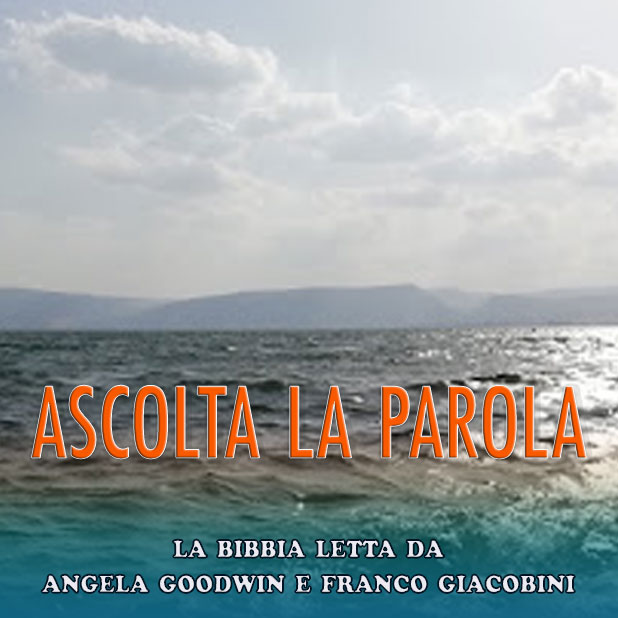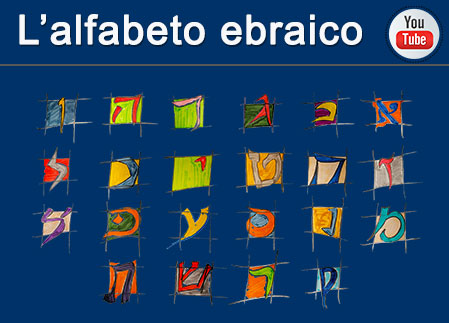Central Committee of German Catholics
Germania 29/01/1996
"A vocal interruption" (Ein Zwischenruf)"The new ‘Catechism of the Catholic Church’ (CCC) may distinguish itself from its predecessors in content and form, in intention and by the people it addresses. But it too wants to be 'a sure norm for the doctrine of the faith' and a 'sure authentic source text for the presentation of Catholic doctrine, and in particular for the development of local Catechisms' (John Paul II in the introductory Apostolic Constitution). For that reason its significance for the church of the present is not to be underestimated.
First Position
It is to be acknowledged, that the CCC does not fall back behind the statements of the Council about the Jews and the church’s relationship to Judaism (Nostra Aetate). It is clearly stated that Jesus was a Jew and that he valued the Torah positively (423.577). The Pharisees and the relationship to them are presented in a differentiating manner (579.595). In the section ‘The church’s relationship to the Jewish people’(839) the CCC explicitly quotes the Council and mentions the irrevocability of Israel’s election (121.839). Above all it is clearly stated: The Jews are not collectively responsible for the death of Jesus (597). Occasionally even the significance of present-day Jewish life is mentioned (1096). — These and other statements are a hopeful sign for the seriousness, with which the church wants to renew its relationship to Judaism.
Second Position
The CCC evidently has difficulty to acknowledge post-biblical Judaism as an independent salvation-historical entity side by side with the church and particularly as the people of the covenant, which God has never terminated. This is less obvious, where it speaks explicitly about Judaism, but apparent where it speaks of the church as if Judaism did not exist anymore, although in the context it would have been obliged to affirm it.
When the CCC speaks about the relationship between Israel/Judaism and the church, its language often becomes oscillating and its theology contradictory. There are passages, which come close to the view rejected by the Council according to which the church, the ‘new’, actual people of God replaced the ‘old people of God’ (674, 761-763). In accordance with the New Testament it is said that Israel’s calling is irrevocable (839), but in other places the impression emerges that the covenant with Israel is broken nevertheless and replaced by the new, eternal covenant of God in the church. The arrival of the glorified Messiah is supposed to depend on the recognition of Jesus by all Israel, which is now ‘hardened’ in part (Romans 11:25). For the Jewish self-understanding this is unbearable, because it imposes on Jews the responsibility for the appearance or absence of the end time (674).
Mainly in three areas the CCC is not successful in fully realizing the will of the church to renew itself. Here remain deficits, which were already present in earlier catechisms:
1. The relationship between both Testaments of the one Christian Bible appears in an indistinct twilight. On the one hand the independent revelational character of the ‘Old Testament’ is repeatedly emphasized (121-123, 129). On the other hand it is generally relativized. The reason for this is, above all, the fact that the ‘Old Testament’ is usually read according to a ‘typological’ method of interpretation, as imperfect pre-form (typos), which finds its perfection only in the New Testament, and that against the affirmation of its independent value (121). Whatever God says in the ‘Old Testament’ is, according to this typology, oriented towards the New Testament and finds its finality only here (140). This shows itself, for example, in the way some important themes are presented, which are here listed shortly:
The prophetic promises of love have been fulfilled in the new and eternal covenant (2787). The execution of Jesus announces the destruction of the Temple in Jerusalem (586). The old Jewish law is a ‘disciplinarian’ (Galatians 3:24), to lead Israel towards Christ (708). The Law is the preparation for the Gospel, it offers to the New Testament ‘types’ to demonstrate the new life according to the Spirit (1964). The Jewish exile stands in the shadow of the cross, and the ‘holy remnant’, which returns from the exile, is an image of the church (710).
The word of Augustin, ‘The New Testament is hidden in the Old, the Old is revealed in the New' is cited without a theological reflection (129, 2763). — This kind of typology will of necessity give the impression that the Hebrew Bible is the imperfect pre-cursor of the New Testament. The CCC holds the two Testaments together through typology. This leads to the danger of dissolving the history of biblical Israel and Judaism’s constitutive memory in this history. For this reason the typological approach, as it is applied here, can just be a milder form of the disinheritance of Israel, from which the church in other announcements had already distanced itself.
2. The church’s anti-Judaism is not addressed at all. It has its roots in the separation of the early church from Judaism. This in turn led to anti-Jewish polemic already in the New Testament and was disseminated widely in the church through some predecessors of the CCC. The failure to address this anti-Judaism is hard to understand today. A Catechism after the Shoah should have mentioned the history of guilt of the earlier Catechisms, name their consequences and draw the necessary conclusions.
3. The CCC misses the chance, to present the renewed relationship of Jews and Christians as signs of hope amidst a world that appears unredeemed and as challenge to work separately/together for the arrival of the kingdom of God.
Summing up we may recall the declaration of our dialogue group of 1988, After 50 years — how to talk about guilt, grief and reconciliation?‘Healing of our wounds can only happen, if the first stepstowards each other are followed by many steps witheach other — with eachother in the grieving process and in reconciliation and thereby also reconciled into the future. Healing can only happen, when we wait jointly for the kingdom of God, work towards it and so ‘serve the Lord shoulder to shoulder' (Zephania 3:9)."
238 visualizzazioni.
Inserito 01/01/1970
Relazioni Ebraico-Cristiane
Ultime novità nel sito
- 19/04/2020: Articolo - L’enigma della Maddalena
- 23/02/2020: Articolo - Il locus amoenus nelle catacombe ebraiche e cristiane di Roma
- 16/02/2020: Articolo - Il profetismo nel Vicino Oriente antico
- 13/02/2020: Articolo - I Profeti della Cappella Sistina
- 09/02/2020: Articolo - Gerusalemme e la Terra Santa di Israele


